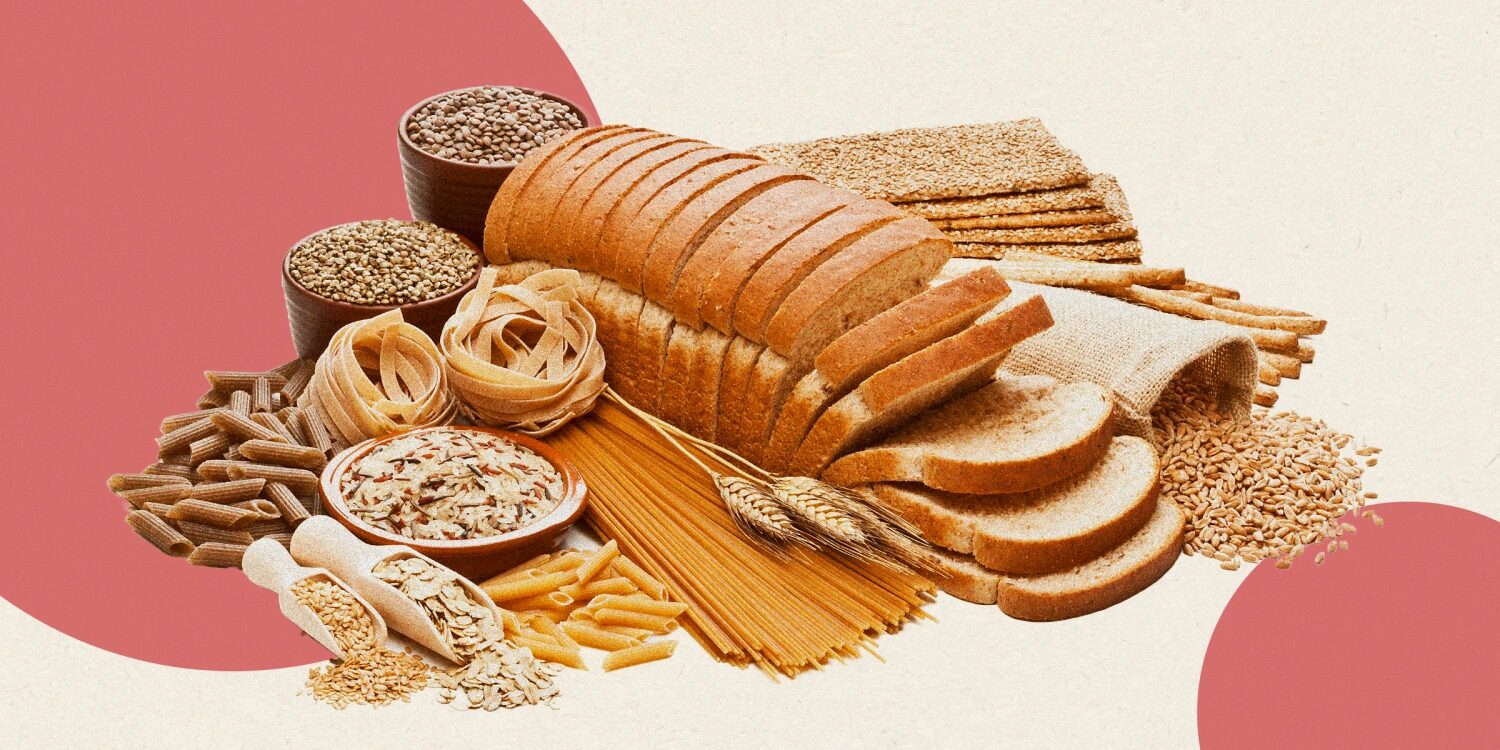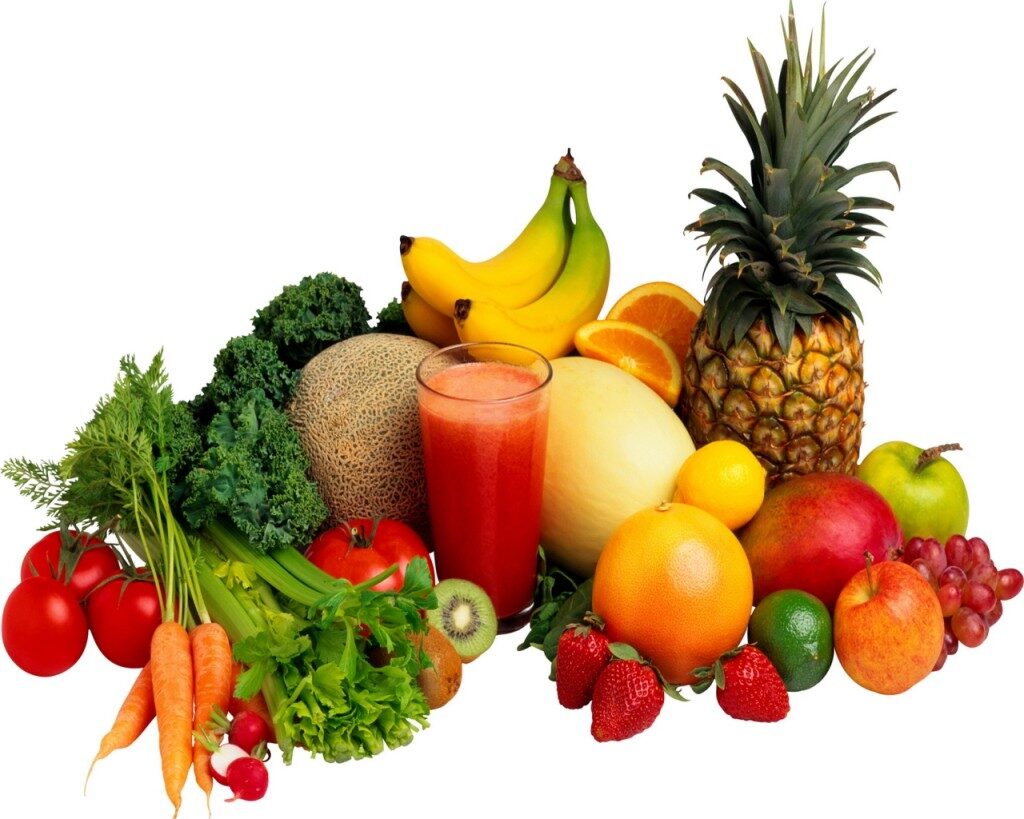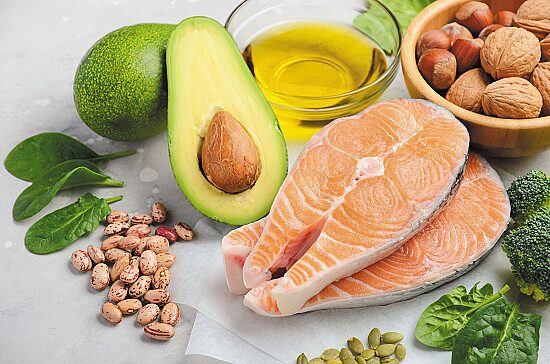Breakfast is often touted as the most important meal of the day, and for good reason. A healthy breakfast sets the tone for your entire day, providing the essential nutrients and energy you need to function at your best. However, with the hustle and bustle of daily life, many people either skip breakfast altogether or opt for unhealthy, convenient options. This blog post will explore five key tips to ensure your breakfast is both nutritious and delicious, helping you to start your day on the right foot.
Tip 1: Prioritize Protein-Rich Foods
Protein is an essential macronutrient that helps build and repair tissues, produce enzymes and hormones, and support overall body function. Including a good source of protein in your breakfast can help you feel full and satisfied, reducing the temptation to snack on unhealthy foods later in the day.
Healthy Protein Options:
- Eggs: Versatile and easy to prepare, eggs are a powerhouse of protein. Whether scrambled, boiled, or poached, they can be paired with whole-grain toast or added to a veggie-packed omelette.
- Greek Yogurt: Rich in protein and probiotics, Greek yogurt can be enjoyed with fresh fruits, nuts, or a drizzle of honey for added flavor and nutrition.
- Nuts and Seeds: Almonds, chia seeds, and flaxseeds are excellent sources of plant-based protein. Sprinkle them over your cereal or blend them into smoothies for a protein boost.
Healthy Implications: A protein-rich breakfast can help stabilize blood sugar levels, prevent energy crashes, and keep you feeling full longer, reducing the likelihood of overeating later in the day.
Tip 2: Incorporate Whole Grains

Whole grains are an excellent source of complex carbohydrates, fiber, and essential nutrients such as B vitamins, iron, and magnesium. Unlike refined grains, which have been stripped of their nutrients, whole grains provide sustained energy and promote digestive health.
Healthy Whole Grain Options:
- Oats: A warm bowl of oatmeal is a comforting and nutritious breakfast option. Top it with fresh fruits, nuts, and a sprinkle of cinnamon for a delicious and satisfying meal.
- Whole-Grain Bread: Opt for whole-grain or sprouted grain bread instead of white bread. Toast it and top with avocado, nut butter, or eggs for a balanced breakfast.
- Quinoa: Though often considered a grain, quinoa is actually a seed that’s high in protein and fiber. It can be used as a base for breakfast bowls, mixed with fruits, nuts, and a dash of almond milk.

Healthy Implications: Including whole grains in your breakfast can help regulate blood sugar levels, improve digestion, and provide long-lasting energy throughout the day.
Tip 3: Don’t Skip the Fruits and Vegetables

Fruits and vegetables are packed with vitamins, minerals, antioxidants, and fiber, making them a vital component of a healthy breakfast. Incorporating a variety of colorful produce can enhance the nutritional value of your meal and help you meet your daily fruit and vegetable intake.
Healthy Fruit and Vegetable Options:
- Berries: Blueberries, strawberries, and raspberries are low in calories but high in antioxidants. Add them to your yogurt, oatmeal, or smoothie for a burst of flavor and nutrition.
- Leafy Greens: Spinach, kale, and arugula can be easily added to omelettes, smoothies, or breakfast wraps, providing a dose of vitamins A, C, and K.
- Avocado: Rich in healthy fats, fiber, and potassium, avocado is a versatile fruit that pairs well with eggs, toast, or smoothies.
Healthy Implications: Consuming a variety of fruits and vegetables in the morning can help reduce the risk of chronic diseases, support immune function, and promote overall health.
10 Tips for Hair Growth Success: Bye Split Ends, Hello Long Hair!
Funny and Fascinating Love Facts You Need to Know
Weight Loss Nutrition-Focused Meal Plans
Tip 4: Choose Healthy Fats

Not all fats are created equal. Healthy fats, such as those found in avocados, nuts, seeds, and olive oil, play a crucial role in maintaining cell structure, supporting brain health, and providing a steady source of energy. Including these fats in your breakfast can enhance satiety and improve nutrient absorption.
Healthy Fat Options:
- Avocado: Spread avocado on whole-grain toast or add it to your breakfast bowl for a creamy texture and a dose of heart-healthy monounsaturated fats.
- Nuts and Nut Butters: Almonds, walnuts, and natural nut butters are excellent sources of healthy fats. Enjoy them as a topping for oatmeal or blend them into smoothies.
- Chia Seeds: These tiny seeds are rich in omega-3 fatty acids, fiber, and antioxidants. Add them to yogurt, smoothies, or oatmeal for a nutrient boost.
Healthy Implications: Including healthy fats in your breakfast can help improve cholesterol levels, support brain function, and keep you feeling full and satisfied.
Tip 5: Stay Hydrated

Hydration is often overlooked at breakfast, but it’s essential for overall health and well-being. Starting your day with a glass of water or a hydrating beverage can help kickstart your metabolism, improve digestion, and keep you energized.
Healthy Hydration Options:
- Water: Start your day with a glass of water to rehydrate after a night’s sleep. Add a slice of lemon or cucumber for a refreshing twist.
- Herbal Teas: Herbal teas, such as peppermint, ginger, or chamomile, can be a soothing and hydrating addition to your breakfast routine.
- Smoothies: Blend a variety of fruits, vegetables, and a liquid base (like water, almond milk, or coconut water) for a nutrient-packed, hydrating breakfast option.
Healthy Implications: Staying hydrated in the morning can improve cognitive function, aid digestion, and support overall health throughout the day.
Conclusion
A healthy breakfast is more than just a meal; it’s a foundation for a successful day. By prioritizing protein-rich foods, incorporating whole grains, adding fruits and vegetables, choosing healthy fats, and staying hydrated, you can create a balanced and nutritious breakfast that fuels your body and mind. Remember, breakfast is an opportunity to nourish your body, so make it count with these simple yet effective tips.
Frequently Asked Questions (FAQs)
1. Why is breakfast considered the most important meal of the day? Breakfast is considered the most important meal of the day because it provides the essential nutrients and energy needed to start the day. It helps kickstart metabolism, improve concentration, and reduce the likelihood of overeating later in the day.
2. What are some quick and healthy breakfast options for busy mornings? For busy mornings, try overnight oats, smoothies, or whole-grain toast with avocado or nut butter. These options are quick to prepare, nutritious, and can be enjoyed on the go.
3. How can I incorporate more fruits and vegetables into my breakfast? You can incorporate more fruits and vegetables into your breakfast by adding berries to your oatmeal or yogurt, blending spinach or kale into smoothies, or including avocado and leafy greens in omelettes or breakfast wraps.
4. Are there any unhealthy breakfast foods I should avoid? Yes, it’s best to avoid highly processed foods, sugary cereals, and pastries, as they are often high in sugar and low in essential nutrients. Instead, opt for whole foods that provide sustained energy and nutrition.
5. Can I skip breakfast if I’m not hungry in the morning? While it’s important to listen to your body, skipping breakfast regularly can lead to energy crashes and overeating later in the day. If you’re not hungry in the morning, try a light breakfast or a nutritious smoothie to start your day.



